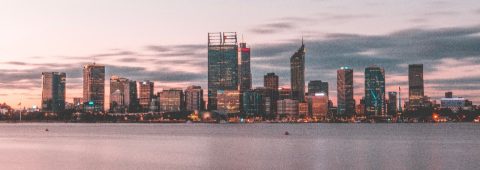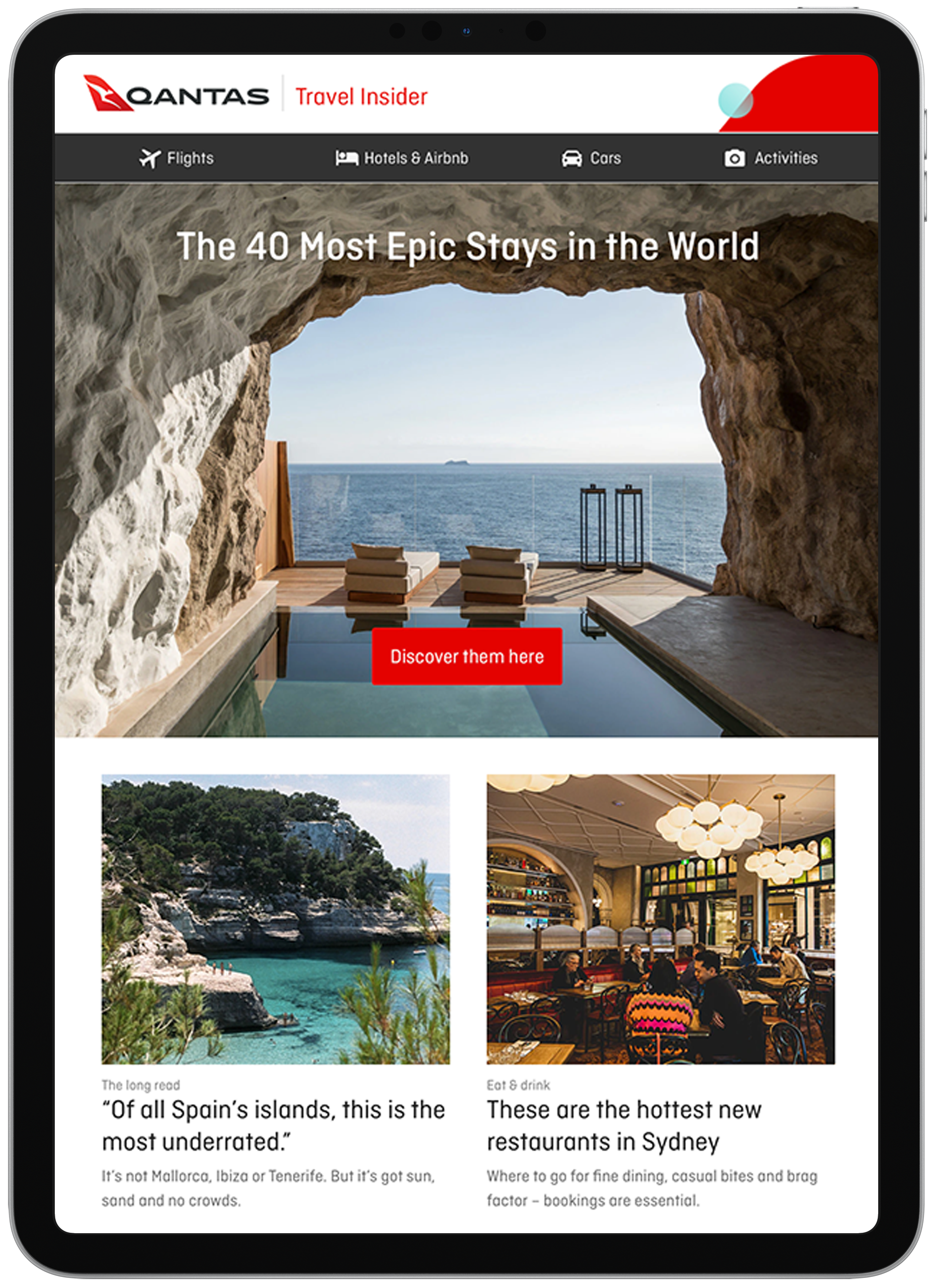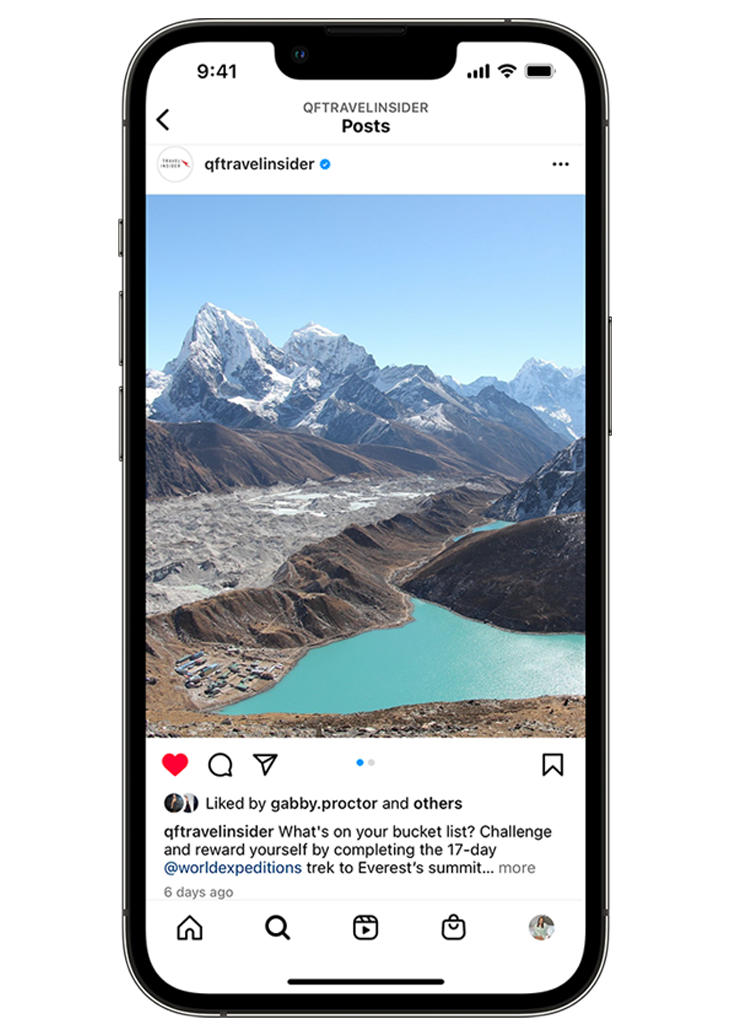This Australian Site Just Earned UNESCO World Heritage Status
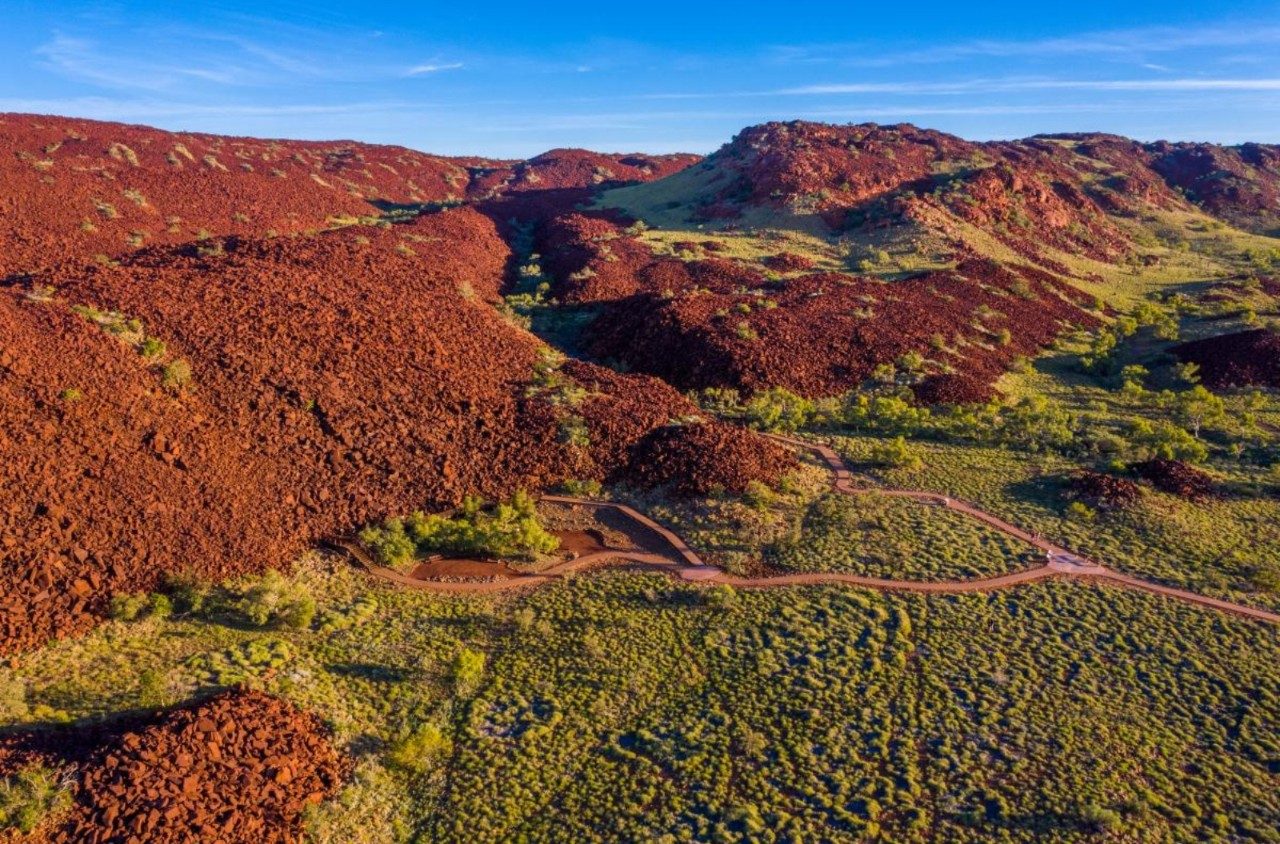
Australia’s number of bucket-list destinations has grown this week, with Western Australia’s Murujuga Cultural Landscape having been awarded UNESCO World Heritage status. Featuring one of the world’s oldest – and densest – known rock art collection, with more than one million petroglyphs etched across the region’s ancient cliff faces, some believed to be up to 50,000 years old, the sprawling 100,000-hectare site joins the likes of Egypt’s 4500-year-old Pyramids of Giza and England’s 5000-year-old Stonehenge for its significance.
While Australia is home to 21 locations with World Heritage List designation – including Uluṟu-Kata Tjuṯa National Park and the Great Barrier Reef – Murujuga is only the second site in the country to be recognised solely for its First Nations cultural heritage, following the listing of Victoria’s Budj Bim Cultural Landscape in 2019. Its various etchings depict human figures – including the world’s oldest known image of a human face – as well as native mammals and long-extinct species including the fat-tailed kangaroo.
Where is Murujuga?
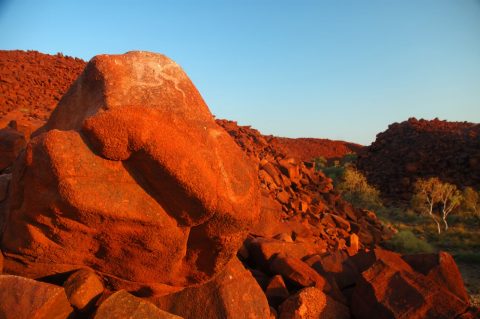
Located around 1500 kilometres north of Perth in the Pilbara, Murujuga (“Hip Bone Sticking Out” in the local Ngarluma-Yaburara language) spans the Burrup Peninsula, 42 islands of the Dampier Archipelago and the surrounding islets and rocky outcrops, and is also home to the Ngarluma, Yindjibarndi, Yaburara, Mardudhunera and Wong-Goo-Tt-Oo peoples, the Traditional Custodians of the land. Within the cultural landscape you’ll find Murujuga National Park, which covers around 4900 hectares on the Burrup Peninsula. The park is privately owned by the Murujuga Aboriginal Corporation and jointly managed with WA’s Department of Biodiversity, Conservation and Attractions – Parks and Wildlife Service who work together to preserve the site’s cultural and environmental significance. It’s open year-round and free to visit but if you’re travelling in the wet season (November to April) it’s recommended to check the Department of Fire and Emergency Services WA site to ensure it's safe to travel and the Main Roads WA site for any road closures.
The terrain is varied, ranging from rock-strewn cliffs to narrow gorges, lush mangrove systems and tidal mudflats, paving the way for rich biodiversity. The area is also home to more than 14 native mammal species and protected species including the Pilbara olive python.
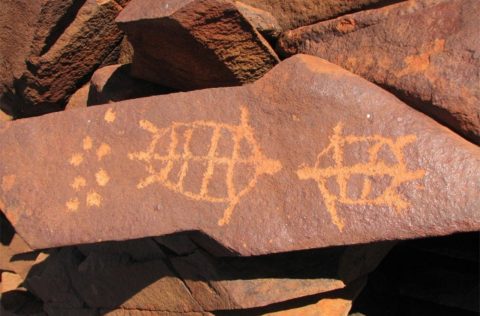
While the petroglyph etchings are the star of the show in Murujuga, there are also historic fish traps, rock shelters and significant ceremonial sites located throughout the park. The best way to take it all in is by going on a leisurely stroll along the 700-metre-long wheelchair-accessible Nganjarli trail, which is lined with informational panels highlighting key insights into the region’s history and cultural significance.
How to get to Murujuga
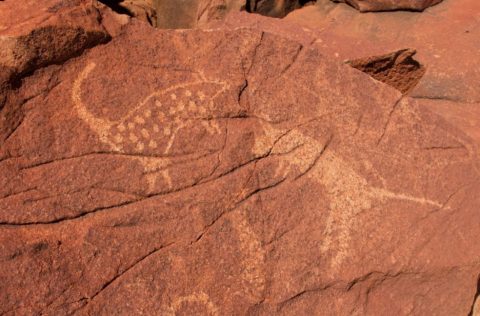
The closest airport to Murujuga’s striking landscapes is Karratha, a short two-hour QantasLink flight from Perth. From here, it’s only 40 minutes by road to reach the heart of Murujuga Cultural Landscape – best explored in a hire car. While entry to Murujuga National Park is free, the most enriching way to experience the site is with a First Nations guide on a tour. Ngurrangga Tours offers experiences where you’ll learn the meaning behind the ancient rock art and forage for bush tucker on traditional hunting grounds.
